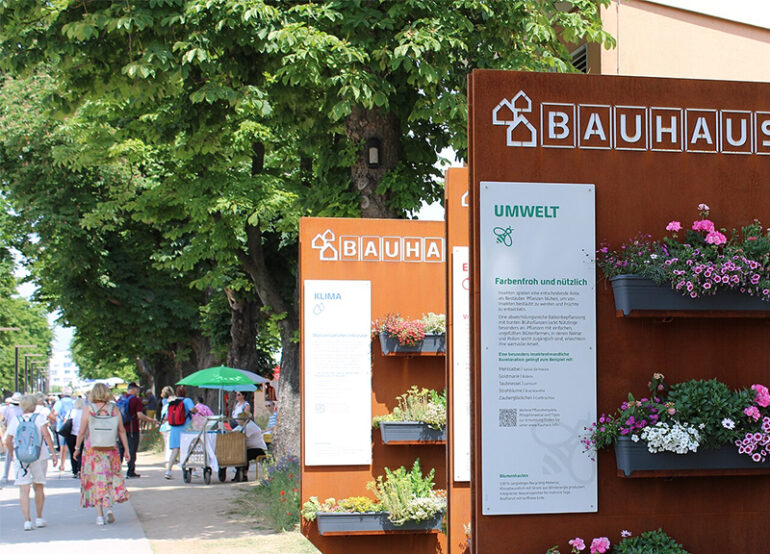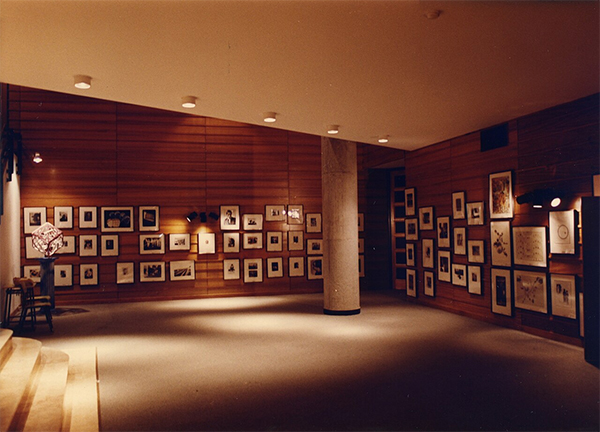Emerging as a radical force in the early 20th century, the Bauhaus movement changed the field of art and design by means of its creative approach to combine beauty with utility. Originally founded by Walter Gropius, this innovative school responded to the demands of industrialization by redefining the link between artistic expression and practical workmanship. Through encouraging cooperation among several fields, the Bauhaus not only changed individual artistic practices but also established the basis for modern design ideas now guiding current artistic projects.
Origins and Influences
Rising in early 20th-century Germany, this powerful movement aimed to unite design, handicap, and art in reaction to industrialization. Established by Walter Gropius in 1919, the Bauhaus school sought to close the distance separating the arts from useful workmanship. Affected by several artistic traditions, including Expressionism and De Stijl, it stressed simplicity and utility. Encouragement of creative approaches to materials and forms, the concept supported cooperation among architects, artists, and designers. This integration of many disciplines not only changed aesthetics but also set the foundation for modernist design ideas still resonant in modern art and architecture.
Principles of Bauhaus
Key principles of the movement stress simplicity, utility, and the inclusion of art into daily life. The emphasis on minimalism helps to eliminate pointless embellishment, therefore supporting geometric forms and clean lines. Materials are selected for their inherent features so that the design might develop organically from the media. Working across several professions is quite vital since it helps to develop coherent, whole designs by means of artists and artisans working together. With a curriculum that combines theoretical knowledge with practical experience, education becomes even more important since it guarantees that students may properly apply ideas.
Impact and Legacy
The impact of the movement shapes contemporary architecture and design all around, going much beyond its short lifetime. Its ideas motivated a generation of designers that embraced minimalism and utility, hence producing famous structures and furniture. The focus on multidisciplinary cooperation has evolved into a pillar of design education since it promotes creative ideas in several spheres. Many modern movements including minimalism and ecological design have their roots in Bauhaus ideas. Furthermore, this method guarantees its relevance in an always changing creative environment and helps to shape the junction of art and technology.
Evolution of Bauhaus Movement
Originally anchored in Germany, the movement changed over several phases to fit shifting political and cultural terrain. Reflecting the technical developments of the time, the school embraced more industrial procedures and materials after moving to Dessau in 1925. The emergence of the Nazi government in the early 1930s caused the institution to close, which led important people to migrate all throughout Europe and the United States. This diaspora helped spread Bauhaus ideas all across, therefore impacting modernist trends in design and building. The movement’s ideals have been reinterpreted and included into modern methods over time, therefore guaranteeing their continuing relevance in creative fields.
With its innovative approach to combine design, craft, and art, the Bauhaus movement has permanently changed the creative scene. Its focus on education, cooperation, and utility not only changed design techniques but also helped to cultivate an attitude that prizes creativity and flexibility. The legacy of Bauhaus reminds us of the power of multidisciplinary thinking in forming a more coherent and thoughtful approach to the built environment and daily products as modern artists and designers keep finding inspiration from its ideas.
Photo Attribution:
1st & featured image by: https://commons.wikimedia.org/wiki/Category:Bauhaus#/media/File:2023-06-07_BUGA_Mannheim_082.jpg
2nd image by: https://commons.wikimedia.org/wiki/Category:Bauhaus#/media/File:Fotograf%C3%ADa_en_la_Bauhaus_001.jpg

